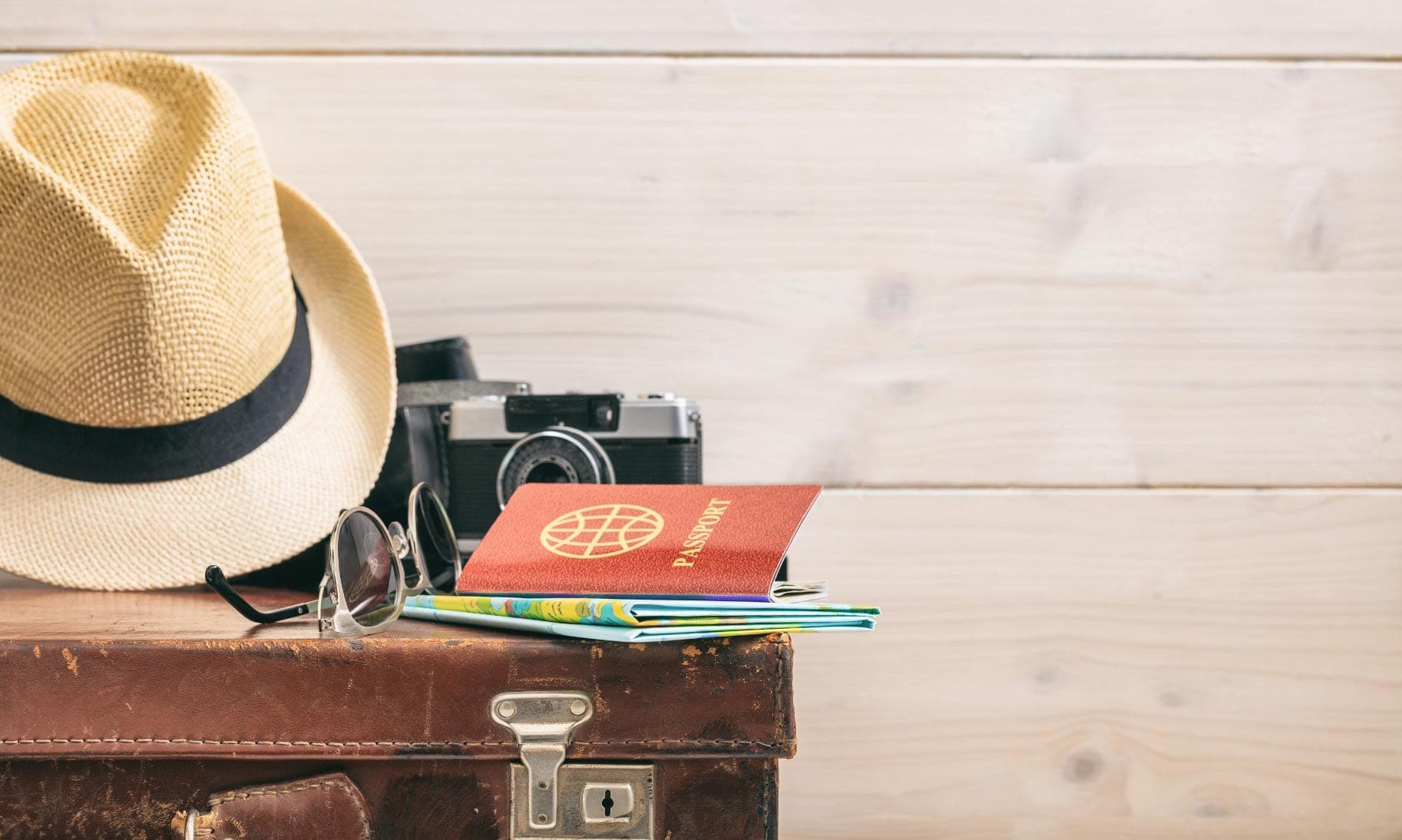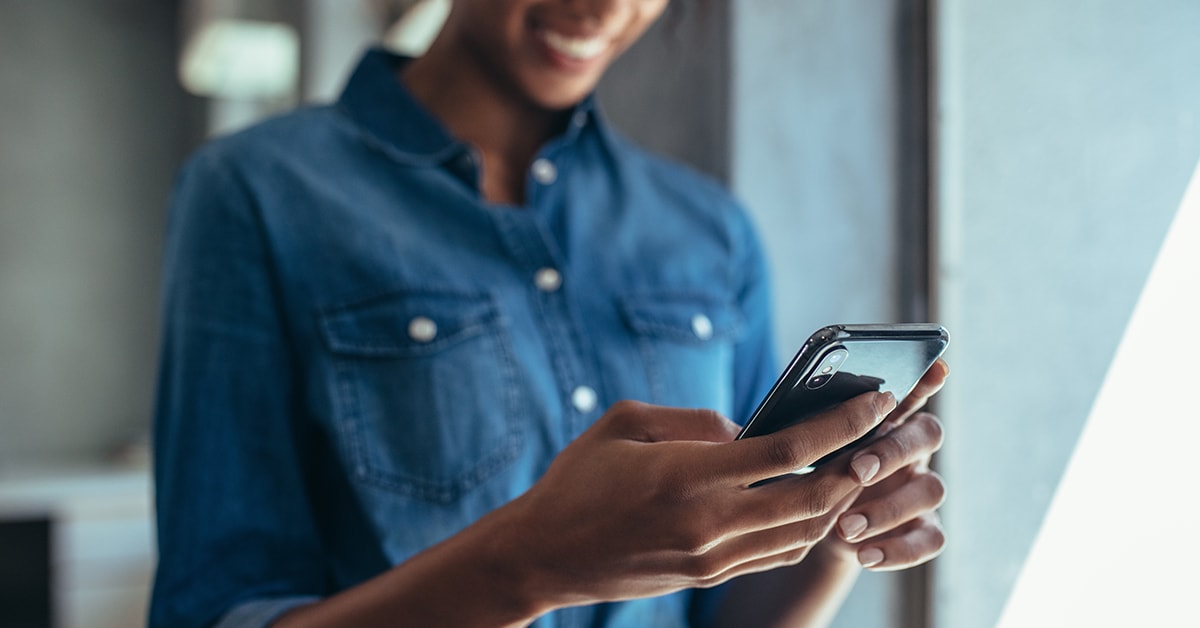How to get through TSA with these 5 diabetes devices & supplies

Whether you’re traveling for business or pleasure, everyone must pass through security before boarding a flight. But you may be wondering how to properly get your diabetes supplies and devices through the checkpoint, particularly if you wear an insulin pump or a continuous glucose monitor.
The TSA allows for diabetes-related supplies, equipment and medication—including liquids—through the checkpoint once they have been properly screened by X-ray or hand inspection. If possible, pack all your supplies together in your carry-on bag so you have everything on hand. Before your screening begins, inform the officer conducting the screening about any supplies on you or in your carry-on. Here’s how you can fly through TSA with these five common diabetes supplies:
1. Insulin Pump/Continuous Glucose Monitor (CGM)
Taking an insulin pump through airport security is quite common, but it’s always a good idea to carry the Airport Information Card when traveling. You may go through an airport metal detector with your insulin pump and CGM, as these devices are designed to withstand common electromagnetic interference. However, we do not recommend going through an airport body scanner with your pump or CGM, as Medtronic has not determined advanced imaging technology to be safe for insulin pump or CGM devices. Explain to the officer that you cannot remove your infusion set as it is under your skin with tubing and request an alternative pat-down screening process. The same goes for if you’re wearing a CGM. If you do prefer to go through an airport body scanner, be sure to remove your insulin pump and CGM, but do not send your devices through the X-ray machine as an alternative.
2. Insulin Delivery Devices
Be sure to have proof a physician prescribed your insulin and needles by providing a professional, pre-printed pharmaceutical label identifying the medication. Travel with your original insulin box and glucose meter that shows the pharmaceutical label. You may need these items in order to board an airplane with syringes and other insulin delivery devices.
3. Insulin
It’s important not to store insulin in checked luggage, as it could be affected by severe changes in pressure and temperature. Be sure to inspect your insulin before injecting each dose, and if you notice anything unusual about the appearance of your insulin, call your doctor. Despite the general rule prohibiting passengers from bringing liquids over 3.4 ounces through security, people with diabetes may take their insulin, other medications such as Glucagon, and other liquids and gels, including juice and cake gel, through TSA checkpoints, even if they’re in containers greater than 3.4 ounces. Accessories required to keep insulin cool, such as freezer packs or frozen gel packs, are permitted through the screening checkpoint.
4. Glucagon
Similar to insulin, you may carry your glucagon in its original, pharmaceutically labeled container through airport security. Although TSA allows multiple containers of liquid or gel to treat hypoglycemia, you may want to consider alternative forms of carbohydrates, including glucose tablets, hard candy, or raisins, for ease of travel.
5. Lancets
You may go through airport security with lancets as long as they are capped and carried with your glucose meter with the manufacturer’s name embossed on the meter.
If you encounter difficulty when trying to pass through airport security, ask to speak with the TSA Ground Security Commissioner or the international equivalent.
You can visit the Medtronic website for more Travel Information, check the TSA website for up to date security checkpoint and travel guidelines.
Safe travels!
This article has been updated as of December 19, 2019



